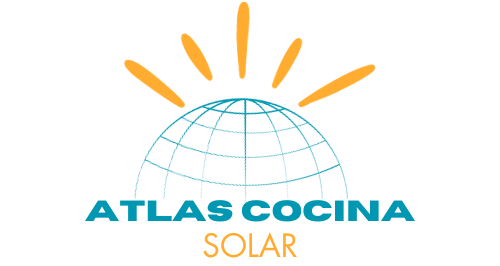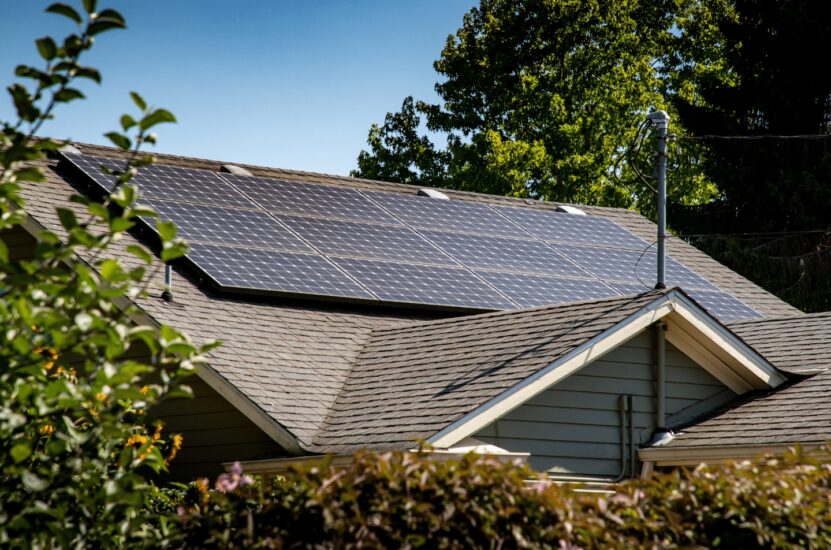Whether you’re a sustainability enthusiast, looking to cut your energy bills, or both, harnessing solar energy is an excellent choice. However, the efficiency of your solar power system heavily depends on one crucial factor: the angle of your solar panels. And guess what? This ideal angle varies by location!
But don’t worry, because in this comprehensive guide, we’re about to delve into the fascinating world of optimal solar panel angles, with a particular focus on how to determine the best angle for your specific zip code. So, get ready for an enlightening journey through geography, physics, and a dash of mathematics!
What Is Solar Panel Angle and Why Does It Matter?
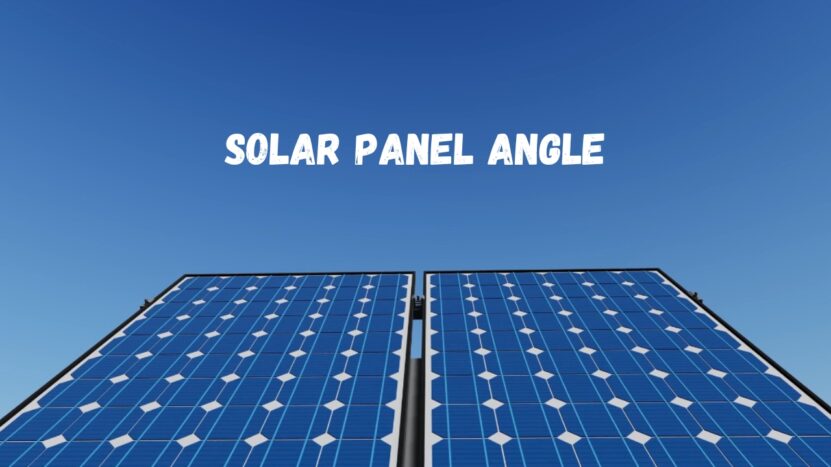
Before we explore the nitty-gritty, let’s first understand what we mean by the ‘angle’ of a solar panel. The angle, technically referred to as the ’tilt angle,’ is the angle at which your solar panel is positioned relative to the earth’s surface. It significantly affects the amount of solar radiation the panel absorbs.
When the sun’s rays hit the solar panel at the optimal angle (perpendicular incidence), the panel’s efficiency is maximized. If the rays hit the panel at a lower angle, the intensity of the absorbed light decreases, thereby reducing energy output.
Determining the Best Solar Panel Angle
The best solar panel angle is determined primarily by two factors: your geographical location (latitude) and the time of the year. A common rule of thumb is to set the tilt angle equal to your latitude for year-round efficient performance. However, to achieve the maximum output, the tilt should be adjusted seasonally:
- Summer: Latitude minus 10-15 degrees
- Spring/Fall (equinox): Latitude
- Winter: Latitude plus 10-15 degrees
This adjustment caters to the sun’s apparent movement across the sky, which changes with the seasons due to the Earth’s tilt on its axis.
Solar Panel Angle by Zip Code
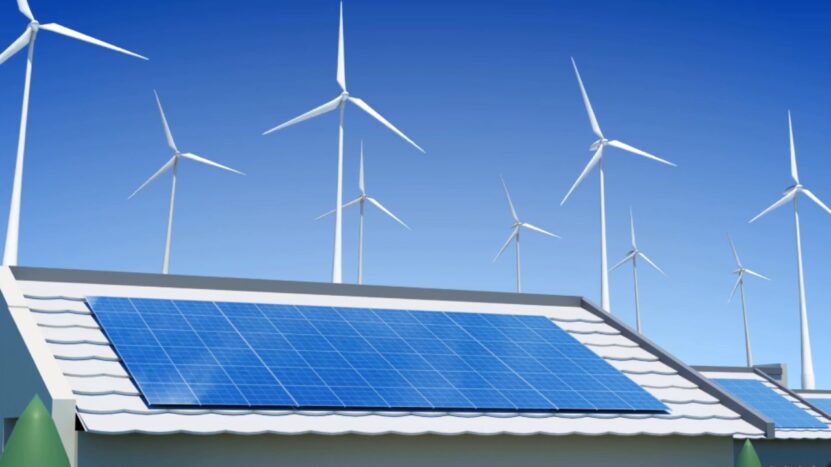
Let’s now dive into our main topic – how to determine the optimal solar panel angle based on your zip code. As the latitude varies across zip codes, so does the ideal solar panel angle.
A precise way of calculating this is using solar calculators or specific software (e.g., PVWatts calculator by the National Renewable Energy Laboratory). These tools not only take into account your zip code (latitude) but also consider other factors such as local weather conditions, the direction your house is facing, and more.
Let’s discuss three main zones in the US to give you a general idea:
Northern States (40-49 Degrees Latitude)
Here, you’d find states like Washington, North Dakota, and Maine. For these areas, the recommended starting tilt is 30-40 degrees, but it should be increased to around 45-60 degrees in winter and decreased to around 20-30 degrees in summer.
Central States (30-39 Degrees Latitude)
This zone includes states like Kansas, Missouri, and Virginia. The optimal starting tilt is around 25-35 degrees, increasing to 35-50 degrees in winter and reducing to 15-25 degrees in summer.
Southern States (Below 30 Degrees Latitude)
States like Florida and southern Texas lie in this zone. The suggested tilt is around 15-25 degrees, with an increase to 25-40 degrees in winter and a reduction to almost flat (5-15 degrees) in summer.
Remember, these are only approximations. For the best results, we recommend using a solar calculator that factors in your specific zip code.
Benefits of Optimizing Solar Panel Angle
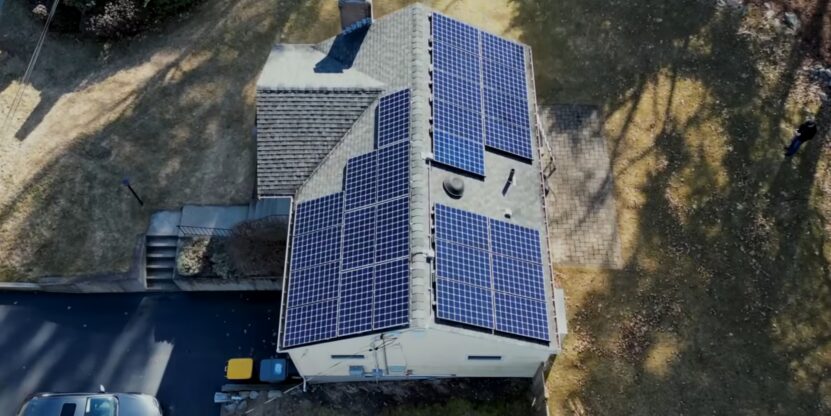
Let’s recap and emphasize the benefits of optimizing your solar panel angle according to your zip code.
- Increased Energy Production: This is the primary benefit. A correctly angled solar panel will absorb maximum sunlight, converting it into more electricity.
- Lower Energy Bills: The more energy your solar panels produce, the less you’ll need to draw from the grid, which translates into substantial savings on your utility bills over time.
- Reduced Carbon Footprint: By maximizing your solar energy usage, you can further reduce your reliance on fossil fuel-based power, which means a smaller carbon footprint. This is your direct contribution to combating climate change!
- Improved System Longevity: Believe it or not, optimizing the angle can help prolong the lifespan of your solar panels. When panels are at the right tilt, they shed snow and debris more effectively, reducing the risk of damage and maintaining their efficiency.
Case Study: Solar Panel Angle Adjustment in Practice
To see these benefits in action, let’s look at a case study of the sunny city of San Diego, California (Zip Code 92101), located at approximately 32.7 degrees latitude.
For San Diego, the year-round angle set at latitude would be about 33 degrees. But, if adjusted seasonally, the angle would change to approximately 23 degrees in summer, 33 degrees in spring and fall, and around 43 degrees in winter.
Now let’s say a resident followed this guide for a year. The resident starts with an average monthly electricity bill of $100. By the end of the year, after optimizing the solar panel angle, they note a 20% increase in their solar system’s efficiency, which translates into a 20% savings on their electricity bill. That’s $240 saved in just one year!
This saving, combined with the positive environmental impact and potential system longevity, clearly shows the worth of finding the optimal solar panel angle according to your zip code.
Common Misconceptions about Solar Panel Angle
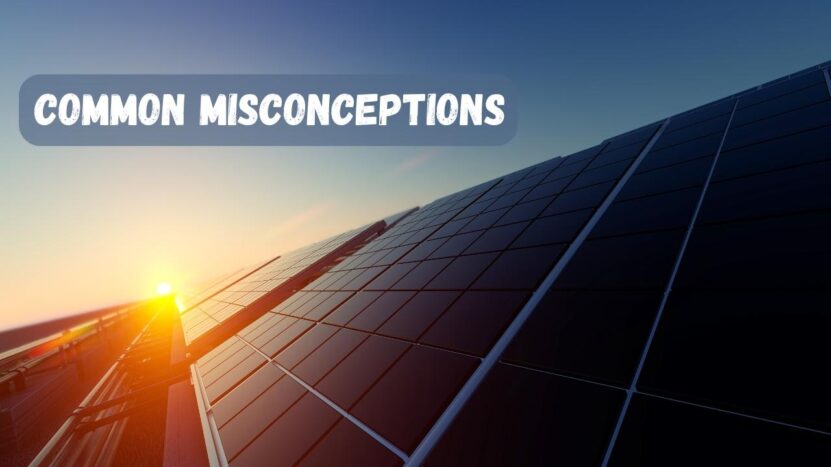
As we navigate the intricacies of solar panel installation, it’s also essential to debunk a few common misconceptions:
- Flat Panels are Ideal: While laying solar panels flat might seem like the easiest installation method, it’s not always the most efficient. The optimal angle for panels is rarely 0 degrees, except for specific locations and times of the year.
- Higher Angles for Higher Sun: It’s easy to assume that a higher sun position in the sky would require a steeper panel angle. However, this is not the case. During summer, when the sun is high, solar panels should actually be tilted at a lower angle.
- Manual Adjustment Isn’t Worth It: Many believe that the effort to manually adjust panels isn’t worth the energy gains. While it’s true that the difference may not be enormous, the compounded effects over the years can lead to substantial energy production and financial savings.
Future Innovations
As we look toward the future, solar technology continues to evolve at a rapid pace. One of the exciting advancements on the horizon is the development of ‘smart’ solar panels. These panels will have integrated systems to automatically adjust their angle and orientation to follow the sun’s path throughout the day.
Not only will this maximize their exposure to sunlight, but it will also eliminate the need for manual adjustments. The rise of these smart panels will make harnessing solar energy even more accessible and efficient, reinforcing the viability of solar power as a key player in the future of renewable energy.
Wrapping Up: Solar Tracking Systems
While manually adjusting the solar panel angle seasonally is a great way to optimize your solar power generation, it might not be feasible for everyone. Enter solar tracking systems. These smart devices automatically adjust the angle of your solar panels throughout the day, following the sun’s path to ensure maximum solar gain.
Though more expensive initially, they can significantly boost your system’s efficiency, making them worth considering, especially in areas with high solar potential.
Closing Thoughts
Harnessing solar energy is not a one-size-fits-all game. The angle at which you position your solar panels can significantly influence your system’s overall efficiency. By understanding the science behind it and leveraging resources to find the optimal angle for your specific zip code, you can get the most out of your investment.
The sun is an abundant, renewable, and clean energy source. By using it smartly and efficiently, we can all contribute to a sustainable future while enjoying lower energy bills. So, are you ready to catch some rays?
Solar panel carports are an innovative solution that efficiently utilizes space while harnessing renewable energy, making them a smart choice for maximizing both functionality and sustainability.
